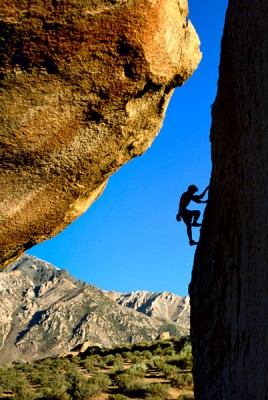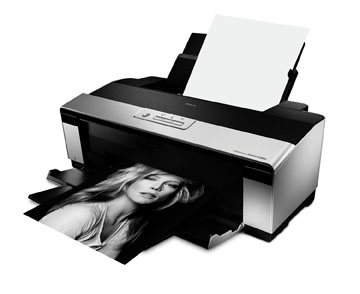Choosing a Print Technology
I’ve been thinking recently about digital printing technologies, and pondering possible changes in how I print my own images.
Most photographic printing today is done digitally. Digital printing excited me as a young photographer, promising a lot more control over the color of my prints, along with repeatability–promises that have been largely, if not entirely, honored over the years. Most digital printing today takes one of two forms. In inkjet (you may see the word “giclée”) printing, dyes or pigments are sprayed through nozzles onto paper or other surfaces. In what I often call “digital enlargement”, traditional light-sensitive “chromogenic” photographic papers (by traditional, I mean the papers and chemistry used in darkroom printing) are processed traditionally after having been exposed via digitally-controlled lasers or LEDs, rather than via projecting light through a slide or negative onto the paper.
I came to use the latter technology in the 1990s. At that point, the reasons for doing so were clear, inkjet technology was still in it’s infancy, and suffered from severe problems with longevity, making serious inkjet prints was out of the question. Early attempts to solve this ran into embarrassing ozone sensitivity and later metamerism. Those troubles left me gun-shy; the chemistry, and therefore the longevity, of photographs using traditional chemistry was not perfect but was well-understood. Nothing wrong with sticking with something that works.
But over the years, much progress has been made. Epson and other vendors are now producing inkjet paper and ink combinations which are much better understood in terms of longevity. Moreover, most of the better inkjet processes avoid a longevity problem traditional photographic papers face–fading in the face of ultraviolet light from the sun or from florescent light bulbs. (When I frame prints I use ultraviolet-blocking glass, but not all framers will do this by default.) The increasing pressure to move to compact florescent bulbs represents a threat to the longevity of the photographs I sell, and is part of what has led me to look at inkjets. Additionally, chromogenic prints are somewhat acidic, and are best matted using mat board that isn’t chemically buffered, but such mat boards are less common. (more…)

